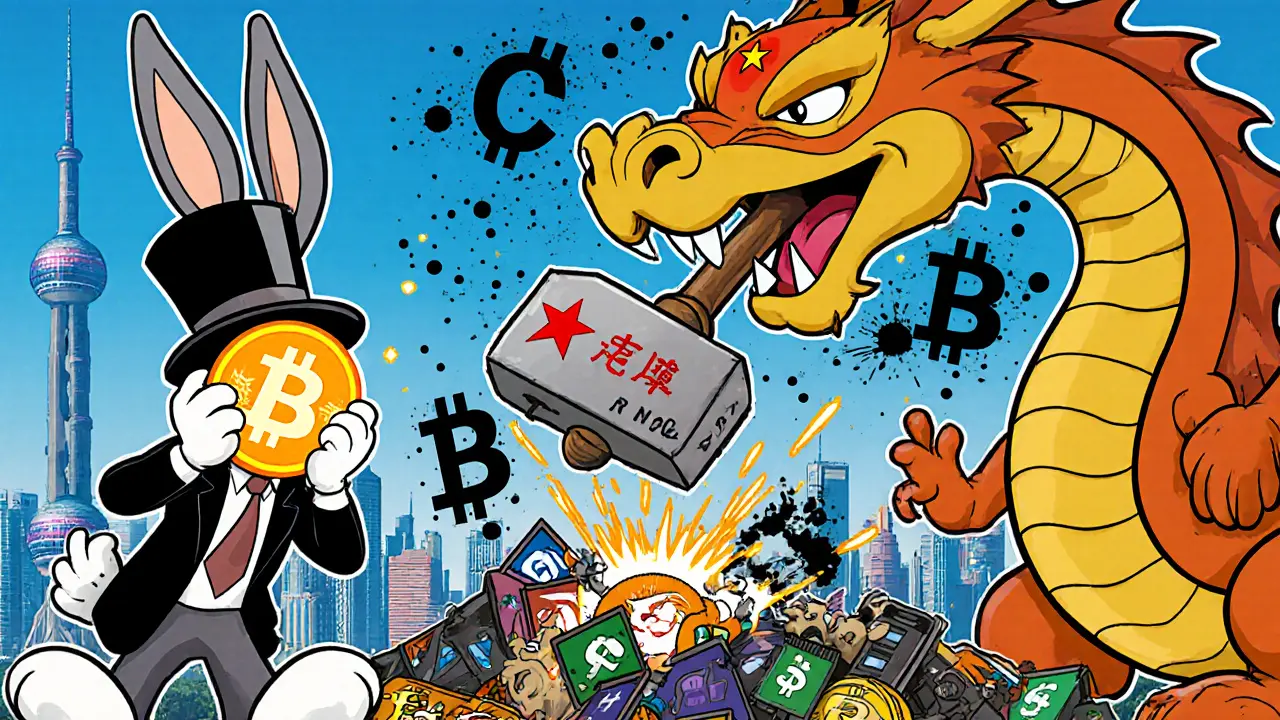Crypto Trading China: What's Really Happening in the Market
When people talk about crypto trading China, the complex mix of underground activity, regulatory bans, and global market influence tied to China’s approach to digital assets. Also known as Chinese cryptocurrency trading, it’s not about legal exchanges—it’s about how millions still trade, mine, and move value despite the government’s strict rules. China officially banned crypto trading and mining in 2021, shutting down domestic exchanges and cutting power to mining farms. But the market didn’t disappear. It moved. Traders switched to offshore platforms like Binance and MEXC. Miners relocated to Kazakhstan, the U.S., and even Iran—places with cheap electricity and fewer restrictions. The ban didn’t kill crypto in China; it just forced it underground.
One of the biggest surprises? Bitcoin mining China, the once-dominant force in global Bitcoin mining that used cheap hydroelectric power from Sichuan and Inner Mongolia. Even after the crackdown, Chinese mining hardware companies like Bitmain and MicroBT kept selling equipment worldwide. And Chinese miners still operate through shell companies and overseas pools. The country’s role in mining hasn’t vanished—it’s just harder to track. Meanwhile, digital yuan crypto, China’s state-backed central bank digital currency (CBDC). Also known as e-CNY, it’s not crypto at all—it’s a government-controlled payment system designed to replace cash and monitor every transaction. While the West debates privacy vs. control, China already built its version—and it’s being tested in over 200 cities.
What does this mean for traders outside China? Everything. When China cracks down, global prices dip. When miners relocate, hash rates shift. When Chinese investors buy Bitcoin through P2P platforms or stablecoins like USDT, demand spikes in places like Nigeria, Turkey, and India. You can’t ignore China’s shadow market—it’s one of the biggest drivers of crypto volatility. That’s why posts here cover everything from fake exchanges like EvmoSwap and Bit4you (often marketed to Chinese users abroad) to real tools like UPI-based crypto purchases in India, which mirror how Chinese traders bypass capital controls. You’ll also find deep dives into mining profitability, DeFi risks, and how regulations like the GENIUS Act or MiCA are shaped by China’s actions—even if they don’t mention it.
There’s no legal crypto exchange in China today. But there’s still a massive, quiet market operating through wallets, peer-to-peer networks, and foreign platforms. This page pulls together the real stories behind the ban—the miners who moved, the traders who adapted, and the policies that still ripple across the world. Below, you’ll find reviews of exchanges used by Chinese traders abroad, breakdowns of mining economics, and alerts about scams targeting people trying to trade crypto in or out of China. No hype. No fluff. Just what’s actually happening.

